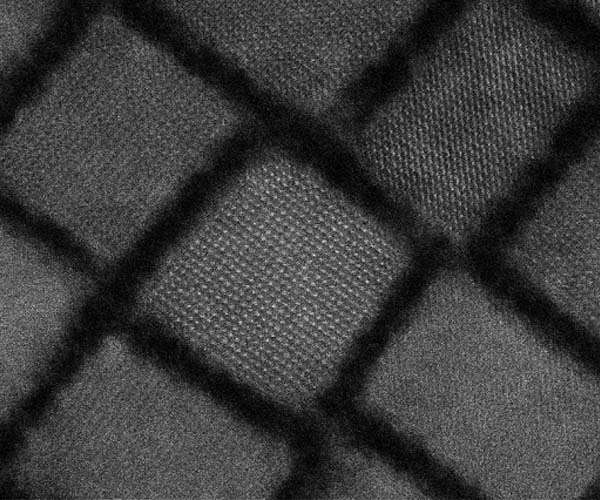Scaling up the manufacture of Perovskiet-Kwantumdots
Kwantumdots, small semiconductor nanomaterials known for their color-deflectable and highly efficient photoluminescence, have brought about a revolution in display technologies such as Liquid Crystal Displays (LCDs), organic light emissions (Micro-Leds) and micro-light-light dio-light-light-light-light-light-light-light-light-light-lighting dodes. . In 2023, the Nobel Prize in Chemistry recognized the discovery and development of quantumdots, which underlined their meaning in modern technology.
Perovskiet-Quantumdots (PQDs) are a promising class materials that distinguish themselves through their high absorption coefficient, cost-effectiveness, convenience processing and reduced impact on the environment. Their potential for display applications has attracted considerable interest. In 2015, Professor Zhong and his team introduced a groundbreaking method for the in-situ manufacturing of PQDs in a polymere matrix. The subsequent establishment of Zhijing Technology (Beijing) Co., Ltd. In 2016, the aim was to promote the upgrading of the production and application of PQDs in display technologies.
After extensive efforts, the company has developed various in-situ manufacturing techniques to make large-scale production possible. These methods include in-situ blade coating, spraying drying, extrusion, inkjet printing and lithography. The PQD stability problems team recently resolved, which led to the integration of PQDs in Skyworth’s TV products. In contrast to conventional quantum-dot Light-Emitting Diode (QLED) TVs that use 630 Nm Emittering Materials, these innovations introduced deep-by-headed PQDs at 650 Nm, which improved the possibilities for eye care.
In January 2025, the magazine Engineering published a research article entitled “Spray-Drying Fabrication of Perovskite Quantum-DOT-Embeded Polymer Microspheres for Display Applications.” This study emphasized the successful upscaling of the production of PQDs, whereby a production capacity of 2000 kilograms was reached per year. The research also demonstrated the use of PQDs in LCD background lighting applications, in which PQD-based optical films showed exceptional stability under challenging circumstances. Aging tests showed a decrease in brightness within 10% after 1000 hours at 60 C with a relative humidity of 90% and under circumstances of 70 C with 150 W/m2 radiation with blue light of 455 Nm.
In addition, researchers in PQD showed polymer microssys as efficient color-makers in full-color micro-LED screens with pixel sizes as small as 10 um. The manufacturing method through spraying drying offers a cost-effective solution for large-scale PQD production. These polymer microsfers embedded in PQD showed remarkable operational stability in the long term, making them very competitive for use in advanced display technologies.
Research report:Spray drying manufacture of Perovskiet Quantum-Dot-Intendde Polymermicrosheries for display applications


